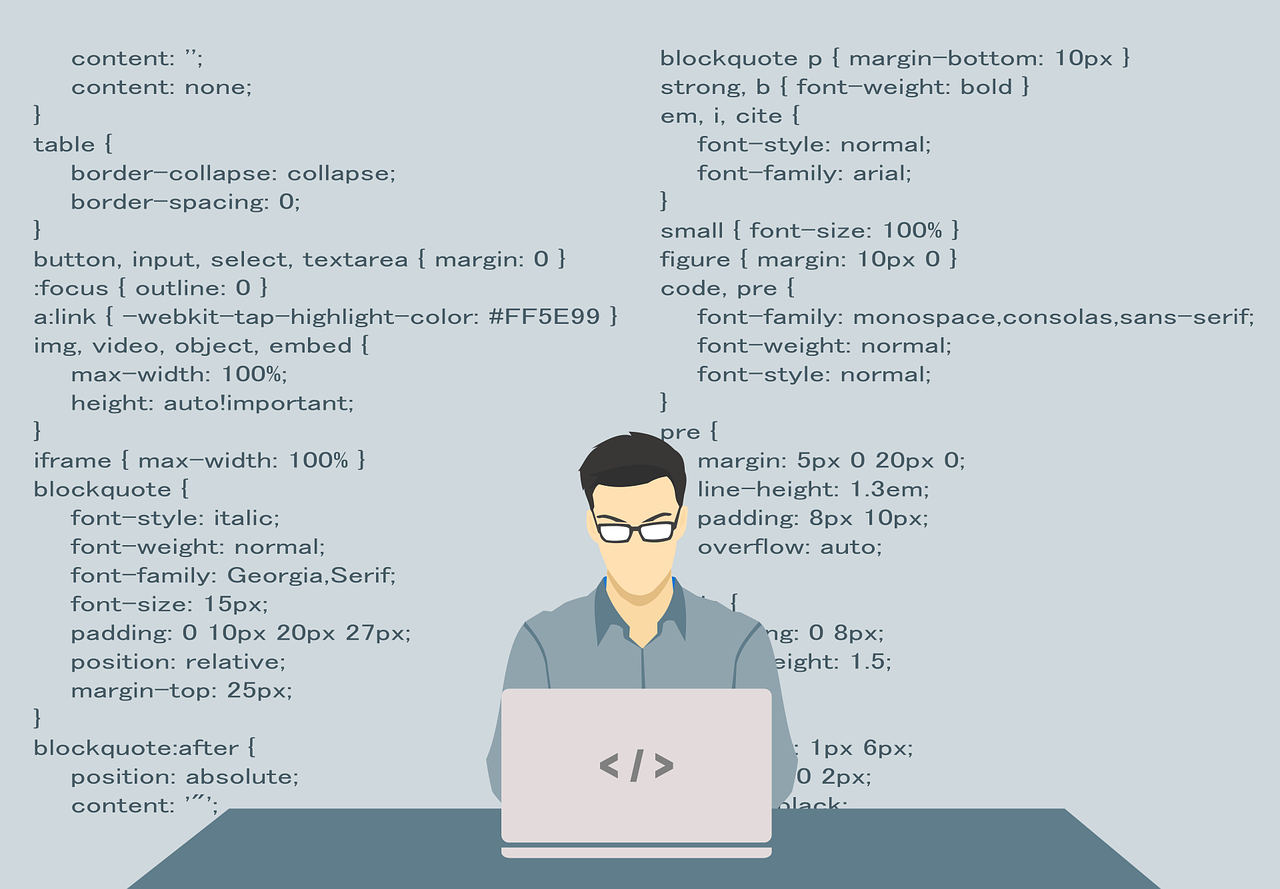Are We Agile or Just Pretending? From Simple Principles to Overcomplicated Rituals
Many organizations claim to be Agile, but are they truly embracing its principles, or are they just following rituals? While Agile was designed to promote flexibility, adaptability, and value-driven development, many teams have fallen into “Agile Theater”—where standups, sprints, and retrospectives happen, but real progress stalls. This article explores how rigid adherence to frameworks like Scrum and SAFe has led teams away from Agile’s core values, turning it into a bureaucratic process rather than a mindset of continuous improvement. Using real-world case studies from companies like USAA, Amazon, and Bosch, we analyze how Agile succeeds when teams focus on small, testable outcomes, continuous feedback, and incremental delivery instead of rigid sprint cycles. The takeaway is clear: Agile frameworks are not the problem—how they are applied is. To rediscover true agility, teams must shift their focus from processes to value, from rituals to results.

The Agile Illusion: When Process Overshadows Purpose
Many enterprises have attempted large-scale Agile transformations, only to find themselves entangled in bureaucracy and inefficiency. A notable example is ING Bank, which faced severe leadership resistance during its Agile transformation (McKinsey, 2017). Similarly, Boeing’s attempt to introduce an Agile supply chain for the 787 Dreamliner resulted in delays and quality issues instead of increased efficiency (Forbes, 2019). According to the State of Agile Report 2023, only 37% of Agile teams believe they effectively deliver value, with most struggling due to process rigidity and misalignment with business needs (Digital.ai, 2023).
So, the real question is: are we truly Agile, or just pretending?
The Simplicity of the Agile Manifesto
The Agile Manifesto was created to help teams focus on being flexible, adapting to change, and delivering real value (Agile Manifesto, 2001). Its principles are intentionally simple, giving teams the freedom to adjust their work to meet different challenges.
However, many modern Agile implementations have become too rigid, prioritizing strict processes and deadlines over meaningful outcomes.
For example, the principle of delivering working software frequently—ideally every few weeks—was meant to encourage steady progress and rapid iteration. But in practice, this has often turned into fixed sprint cycles where teams must complete all planned tasks no matter what, even when priorities shift.
This rigid approach prevents teams from adapting to changing needs, leading to rushed releases, lower-quality work, and a focus on completing tasks rather than delivering value to customers.
The Rise of Frameworks: Help or Hindrance?
Frameworks like Scrum, SAFe, and Kanban were introduced to help teams implement Agile by providing structure and clear processes. They gave teams a common language and actionable steps, which were especially helpful for those unfamiliar with Agile’s broad and flexible principles (Scrum Guide, Ken Schwaber & Jeff Sutherland, 2020).
However, rigid adherence to these frameworks has often worked against the original purpose of Agile.
Instead of focusing on collaboration, adaptability, and delivering value, teams obsess over “doing Scrum” perfectly or following every SAFe guideline to the letter. This strict, process-first approach directly contradicts Agile’s core values, which emphasize flexibility and responsiveness over rigid planning.
Frameworks Are Not the Problem – Their Misuse Is
It’s important to note that frameworks themselves are not bad. Scrum, SAFe, and Kanban can be powerful tools when applied correctly. The issue arises when teams treat these frameworks as strict rulebooks rather than flexible guides.
In a well-functioning Agile team, frameworks should be adapted to fit the needs of the team and organization, not the other way around.
Rituals Without Results: The Agile Theater
In many teams, Agile has turned into what can be called “Agile Theater”—where teams go through the motions of Agile without actually embracing its principles (Jez Humble, “Lean Enterprise,” 2014).
Common symptoms of Agile Theater include:
• Daily standups that are just status updates rather than opportunities to unblock work
• Sprints that are completed on time but deliver little actual value
• Retrospectives that are held regularly but lead to no meaningful change
Instead of Agile enabling collaboration and adaptation, many teams perform Agile ceremonies for the sake of compliance, giving the illusion of productivity while failing to achieve real outcomes.
One major contributor to this problem is the lack of effective user feedback loops.
• Many teams don’t involve real customers regularly, collecting feedback only at the end of a project (Forsgren, Humble & Kim, “Accelerate,” 2018).
• Domain experts are assigned to Agile teams without adjusting their regular workloads, leading to divided attention and misalignment.
Without these critical feedback loops and focused engagement, teams end up delivering work that doesn’t truly meet user needs.
The Core Problem: Misunderstanding Agility
One of the biggest challenges today is that many teams don’t fully understand what Agile is really about.
Instead of focusing on delivering value, they focus too much on following processes and rituals.
This happens because:
• Many people don’t receive proper Agile training and believe that just doing standups and sprints makes them Agile
• Organizations are resistant to change and want predictable, structured plans, which contradict Agile’s core idea of adaptability
Key Takeaways: Rediscovering True Agility in 2025
• Frameworks aren’t the problem—how they’re applied is
• Agile rituals should serve value delivery, not just compliance
• Small, testable outcomes drive real agility
• Customer feedback loops are essential
The path forward starts with small changes. Take an honest look at your Agile practices. Identify where complexity has crept in, simplify where needed, and make incremental adjustments that bring you closer to true agility.



